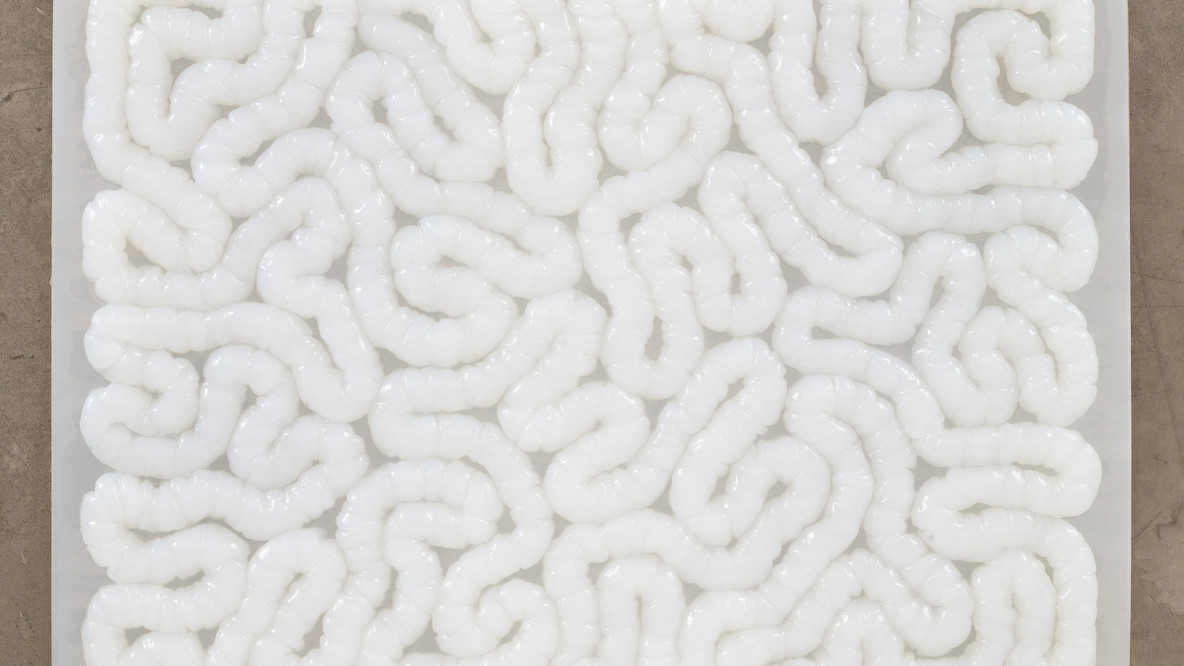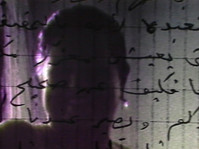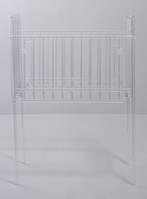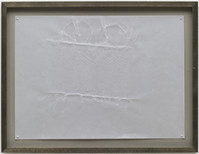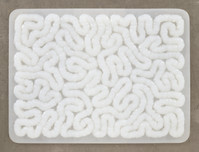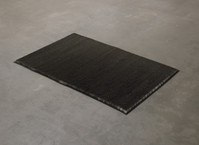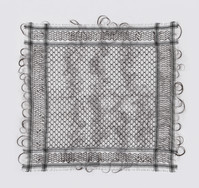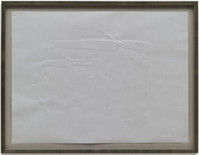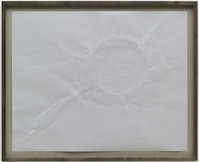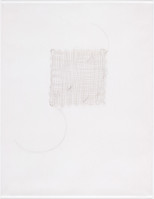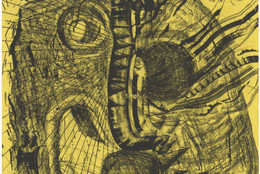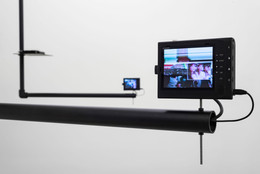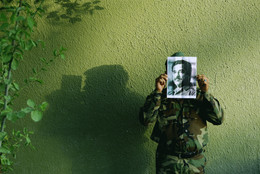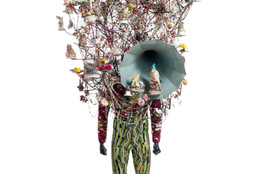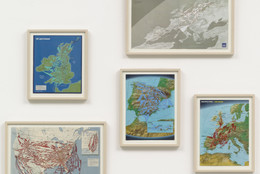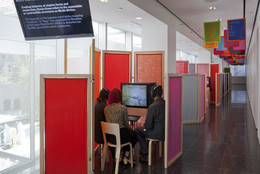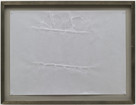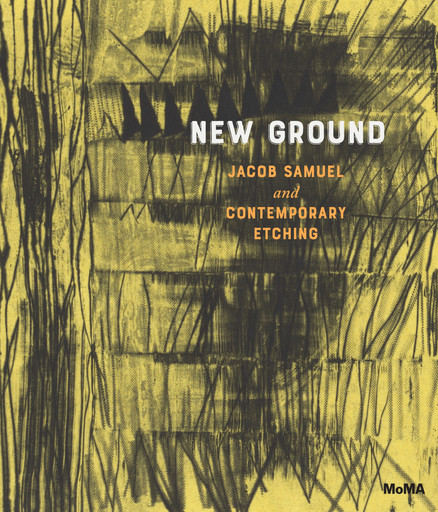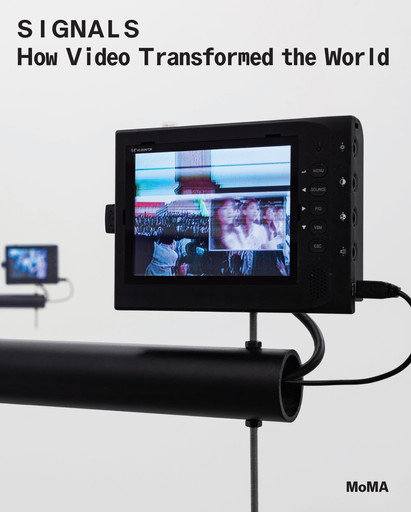“The more I feel I am being pushed into a mold, the more I feel like going in the opposite direction.”
Mona Hatoum
“The concerns in my work are as much about the facts of my origins as they are a reflection on or an insight into the Western institutional and power structures I have found myself existing in,” the artist Mona Hatoum has said. Born to a Palestinian family in Beirut in 1952, Hatoum moved to London in 1975, shortly before war broke out in Lebanon. Exile and migration are both age-old and of keen relevance in Hatoum’s work, as she explores the relationship between resilience and vulnerability of the human body, violence and oppression, expatriation and belongingness.
In her confrontational performances in the early 1980s, when she was a student at the Slade School of Art, Hatoum worked with notions of displacement, resistance, and provocation, echoing the political events and tensions of Margaret Thatcher’s Britain. “In a sense of demonstrating or delivering a message to the viewer,” Hatoum performed in both art spaces—museums, galleries, and avant-garde venues—and outdoor public spaces to address a wide variety of viewers.
By the late 1980s, Hatoum had begun making installations. “I wanted the viewer’s body to replace mine by interacting directly with the work,” she said. Hatoum uses seemingly mundane objects: hair or fingernails she has collected, furniture, kitchen devices and utensils, maps, and industrial materials like light bulbs, wires and cables. Investigating the metaphorical potential of domestic objects, Hatoum aims to engage the viewer “in a physical, sensual, maybe even emotional way; [where] the associations and search for meaning come after that.” In Untitled (panhandled colander) (2000), for example, Hatoum presses an ordinary kitchen tool onto wax paper, inviting the eye to trace the subtle folds of the paper and the cracks on its surface. Pin Rug (1999) becomes a hostile opaque object lying on the floor, beyond functionality, since the original fabric is replaced by sharp pins.
From ephemeral performances to hair drawings and kinetic installations, Hatoum perceives the body not merely as defined by its corporeal limits, but as existing within a social space and a cultural context, the complexities of which are manifested in the choice of materials and scale. Her art harnesses the tension between familiar and repulsive, poetic and political, personal and universal. Its richness and importance lies in this ambiguity. She foregrounds the strength and fragility of the human condition within the sociopolitical situation, within “a world continually caught up in conflict and unrest.”
Léllé Demertzi, 12-Month Intern, International Program (2019–20), 2021
Opening quote is from Janine Antoni, “Mona Hatoum,” interview in BOMB Magazine, no. 63, Spring 1998.
